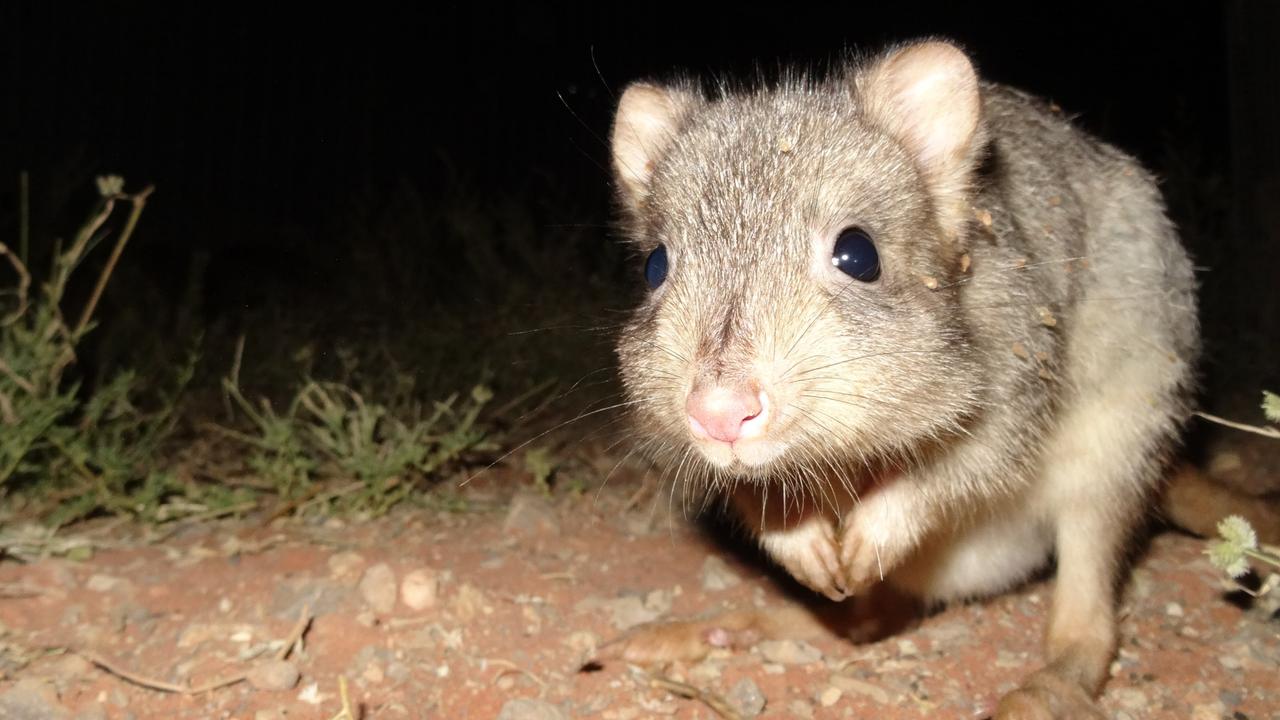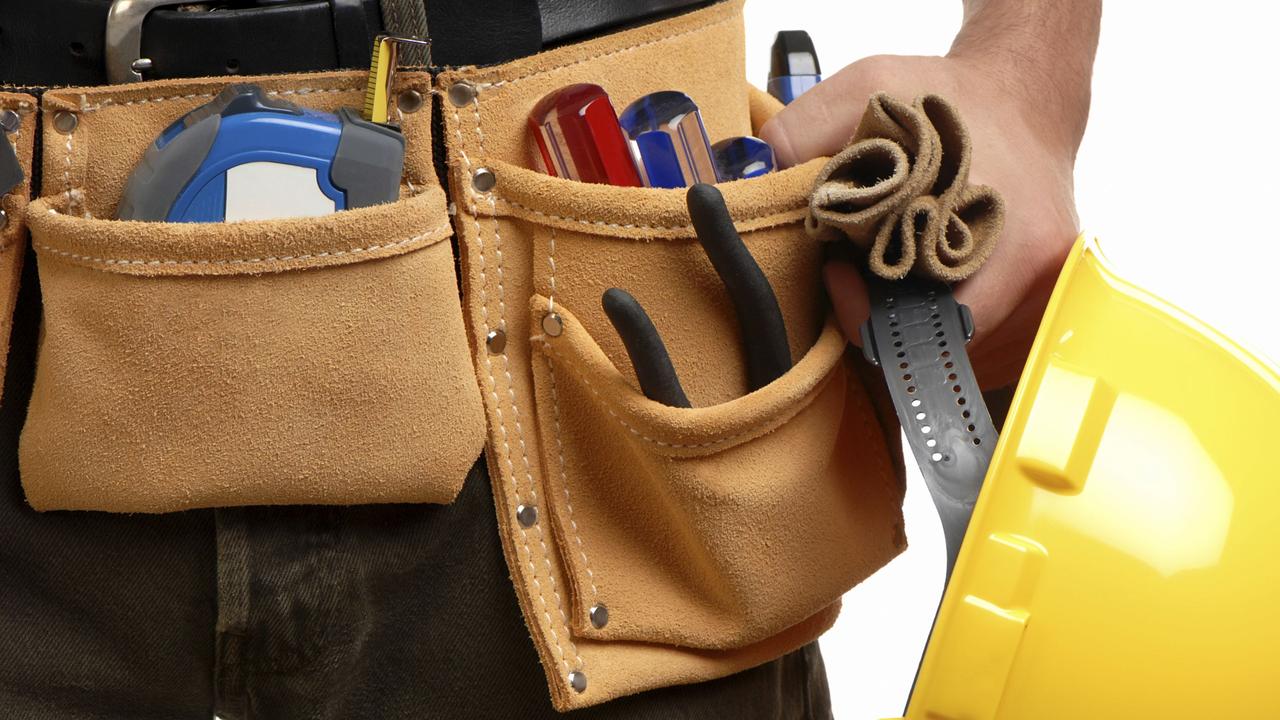Whyalla in crisis: The historic city SA can’t afford to lose
“WE’RE on a knife’s edge,” Whyalla deputy mayor Tom Antonio says. But the tough-as-steel city has weathered storms before, all throughout its historic past.
SA News
Don't miss out on the headlines from SA News. Followed categories will be added to My News.
- LATEST: Whyalla ‘worse than the end of Holden’
- ANALYSIS: The good, bad and ugly of Arrium
- SHIPBUILDER: Could Whyalla use its past as its saviour?
- EXPLANATION: What is voluntary administration?
- DEBT CRISIS: ‘Panic is not an option’, says Treasurer
NO ONE lost their jobs and work at the steelworks will grind on but it was a tough day in a town with a proud history and a reputation for resilience.
Outwardly, they toughed it out but inside people were stressed by a looming catastrophe that could lay waste to Whyalla, devastate the state and threaten the nation’s economic prosperity.
“We’re on a knife’s edge,” said deputy mayor Tom Antonio. “We’re all hurting, we’re all bleeding.”
Whyalla has weathered storms before but none as turbulent as this. It is the state’s second-largest city outside Adelaide and has a rough-hewed character typical of one-industry towns like Port Pirie and Broken Hill.
It started small, the Hummock’s Hill stop at the end of the BHP tramline delivering iron ore to the sea. But it took flight in the late 1950s as a flourishing city, part of Tom Playford’s vision for regional SA and home to BHP’s integrated steelworks.
Its shipyards were thriving and there were jobs for hard workers who could tolerate the heat and treasured the mateship of a close-knit town.

Stories are legion of English migrants — many of them ten-pound Poms from the 1950s post-war immigration wave — returning to the UK only to miss Whyalla so much they came back forever.
But like other towns reliant on heavy industry, the wind-down has been gradual and persistent. The first seismic shudder was the closure of the shipyards in 1978 when the population slumped from 36,000 to 23,000 as young families left to chase the work.
Whyalla survived, smaller but still viable. Then a worldwide downturn in the steel industry began to threaten its very future. With the shipyards gone, steel — OneSteel until it changed its name in 2012 to Arrium — was the only major player left.
It was a tough day for the defiant Mr Antonio, a four-decade Whyalla native who began his 58th birthday on Thursday with a call about the receivership. His son was put off as an apprentice by a worried subcontractor but he was adamant Arrium was too big to fail and closure wasn’t an option.
“The economic and social cost would be catastrophic for Whyalla, South Australia and Australia,” he said. “We would lose the only plant producing steel in Australia. We have to protect it.”
Whyalla residents are staying positive and about the future of the steel town.

Many were born and raised in the city and want to stay but Tania Scarman’s devotion goes one step further. She and her family left Whyalla 20 years ago during hard times and came back six years ago. This time they want to stay the course.
“I love it so much I’d be quite happy to die here if I could,” the lolly shop owner said.
“Things will turn around — we just need to stay positive.”
Kate Walkom moved to Whyalla from Broome in Western Australia with her husband seven years ago. Their three children, Oscar, 7, Bethany, 5 and Grace, 2 were all born in Whyalla.
“We moved down when I was pregnant with Oscar so my husband could continue his career in mining,” Ms Walkom said.
“Whyalla has become our home and we’re very settled here and want to stay.”
Like many locals, Karen Koch came to Whyalla as a child with her family from the UK, when her father got work in the shipyards.

“I’ve been here virtually my whole life and it’s a great place to raise children,” she said.
One of her two children is Crystal Klicek, married to Daniel who also hopes for a positive future.
“My husband works for Whyalla garages and they are suffering badly but that’s true for all business,” Ms Klicek said.
“For the most part, we live on my part-time wage and it’s tough — but we aren’t leaving.”
Former Adelaide mayor Stephen Yarwood is at pains to say he can’t speak for the town; his father was a metallurgist who worked for BHP but the family left when he was five. But as an urban planner with an interest in future cities, he says Whyalla faces a major challenge to reinvent itself — but one that wasn’t impossible.
“The reason I was born in Whyalla was because it was a thriving urban hub and that’s where young families went,” he said. “This is clearly a massive challenge but the history of cities has always been about the birth, death and rebirth of communities — there are cities around the world facing similar challenges.”

Its location — 395km from Adelaide on the eastern side of Eyre Peninsula — and the unique home of the annual giant Australian cuttlefish migration which brings thousands of cuttlefish off the coast — puts it in a prime position to host tourists keen to see where the Outback meets the sea.
Mr Yarwood said emerging opportunities like tourism may help secure a new future.
“People from the other side of the world value these experiences in a way that we can never really understand,” he said. “If Whyalla is to continue to be a name, it is going to have to discover alternatives. Very often good things don’t happen until you’re in crisis.”
A history of steelmaking in Whyalla
Mid-1800s: Iron ore is discovered at Iron Knob.
1899: The Broken Hill Proprietary Company acquires leases to mine iron ore in the region around what will one day be the town of Whyalla.
1901: Iron-ore mining starts and the town of Hummock Hill, later Whyalla, is born.
1939: Construction of the harbour and blast furnace begins.
1941:The first ship built at the new BHP shipyards, the corvette HMAS Whyalla, is launched.
1978: The Whyalla shipyards closes down.
2000: BHP carves off its steelmaking assets into a separate company called OneSteel.
NOW: Currently the steelworks and mining businesses employ 3000 people, from Whyalla’s population about 22,000.
Skills give no protection from crisis
HOLDING the title of South Australia’s leading young businesswoman gives Ashleigh Stiling no escape from the woes that Whyalla faces.
The future of the 28-year-old Harsco Metals manager, SA’s 2015 Telstra Young Businesswoman of the Year, is uncertain. Her husband Tim, a OneSteel worker of 12 years, is in the same position.
“Both of us working in the same industry and on the same steelworks doesn’t provide many options as a family unit to fall back on,” Ms Stiling said.
“There is no escape for us during this period. We deal with it all day at work and then come home to discuss our potential fate each night.
“It is important to stick together and be as supportive as we can — not just for each other but also for our work colleagues, family, friends and the entire community.”

Harsco, which operates in 30 countries, works with Arrium and OneSteel to improve metal recovery, manage waste materials and handle steel products.
After starting as a 20-year-old administration intern through her Bachelor of Business degree course at UniSA’s Whyalla campus, Ms Stiling became the company’s first female operations manager in Australia. Two years ago, she was named Whyalla’s Business Woman of the Year.
“I have so much more to give professionally. I have goals and dreams,” Ms Stiling said. “So it would unfortunately mean a move for Tim and I if the steelworks were to close.
“Whyalla has a lot of potential and we would have liked to expand our family here, but that may no longer be the case.”
Mr Stiling said everyone at OneSteel had been working hard to reduce costs and meet required targets.
“I’ve worked here for 12 years and hope I can work here for another 12,” he said.
“But it’s all a big unknown at the moment.”
- Luke Griffiths


